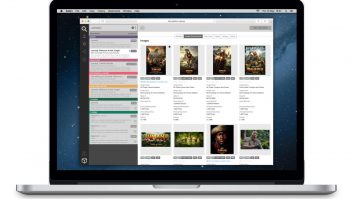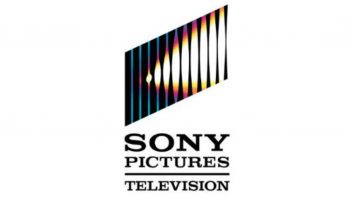
Turner’s Broadcast Inventory Management Project (BIM): centralised ingest and archive in a multichannel environment.
As you would expect, members of the IT and broadcast camp were on their best behaviour at the first conference to constructively bring them together. But like tightly-leashed pets accompanying owners visiting distant relatives, the odd growl or snarl was inevitable, with cordial if vague references to ‘a breed apart’ or ‘different mindset’ regularly voiced from both sides.
Introducing the session on Turner Broadcasting System’s Broadcast Inventory Manager (BIM), Neil Maycock, Chief Marketing Officer at Snell went some way towards spelling out one of the differences often perceived by broadcasters.
“The challenge was to develop a common infrastructure with concurrent time-to-air demands,” said Maycock. In other words, broadcasters need live, frame-accurate performance within a unified system – which is all a far cry from the generic IT systems and subsystems used for data processing in banks and offices.
John Morgan, Turner’s Senior Manager for Broadcast IT, went on to describe why the development of BIM five years ago had become essential. Reaching some 100m households and with a turnover of US$3bn, TBS has playout centres in London, Atlanta, Buenos Aires, Hong Kong, all running to GMT to avoid timecode confusion. These deliver a string of channel brands including mainstream TBS, TNT drama, The Cartoon Network, NBA TV, truTV and Boomerang, plus VoD and mobile services.
Needless to say these networks have a voracious appetite for content, but what really complicates matters is the level of repeat programming and ads, and the cross-fertilisation between channels. For instance, some items in the cartoon archive have been shown up to 48 times over the past year, while between about 15% to 70% of ads booked for one channel also appear on another.
The workflow begins with the now-familiar stage of ingesting content once for re-use many times. When passed by quality control, content is pushed to BIM using a Snell Archive Controller, and in accordance with an Orion seven day title database, pulled via MXF to the relevant Omneon servers in plenty of time for airing under Snell Morpheus control. Programming is then ‘scavenged’ back to BIM for archival purposes after broadcast.
While the process may sound fairly straightforward, the numbers involved are pretty hair-raising with thousands of hours added to the archive each month, including 137 truTV titles, 187 TNT HD, 245 TBS, 255 TCM, 285 TNT, and some 535 cartoon titles.
All of which calls for a monster storage architecture, which is arranged across four tiers with an aggregate bandwidth in excess of 2GBps. As well as the Omneon ingest and play-to-air servers, this comprises 35TB of CX3-80 EMC Clariion Fiber Channel disk arrays and fifteen 11TB Asaca DVD RAM drives – both used to store some 90 days’ worth of ads and promos – plus a mixture of twelve STK T10KB high capacity data tape drives for archiving long form content (such as TCM movies) and eight STK 9840 fast access tape drives for short form material (cartoons).
Conceding that on average about 13 hours is spent encoding each hour aired, Morgan said he was always looking for practical ways to make serial processes concurrent. He also plans to set up an ingest ‘audit trail’ to track content processing including the cost per terabyte, and to more accurately predict future expansion requirements.
Asked why the BIM project included tape, Morgan simply pointed out that data tape not only remains the cheapest, but ultimately the ‘greenest’ long term storage option where instant access is not required. – Richard Dean





